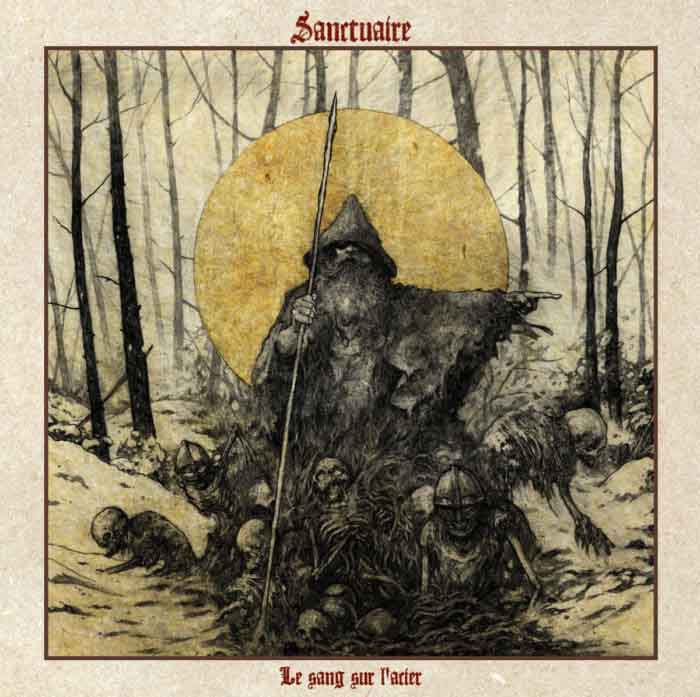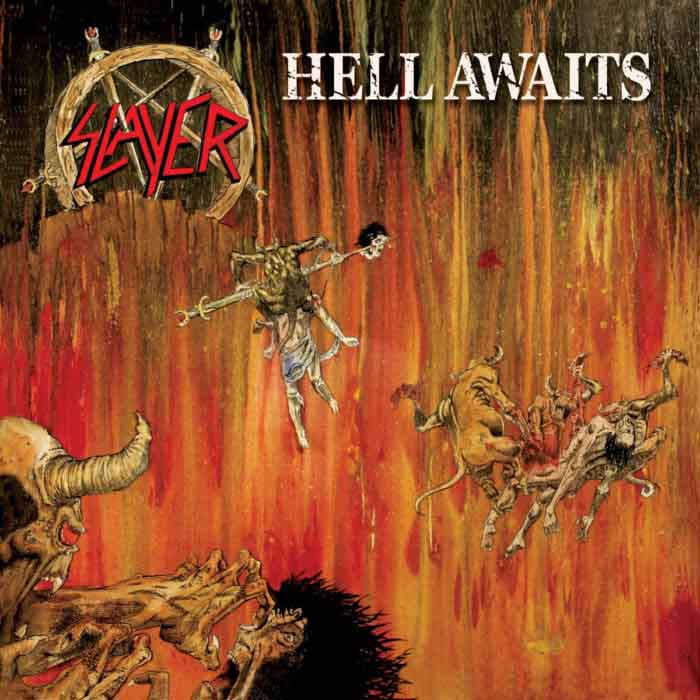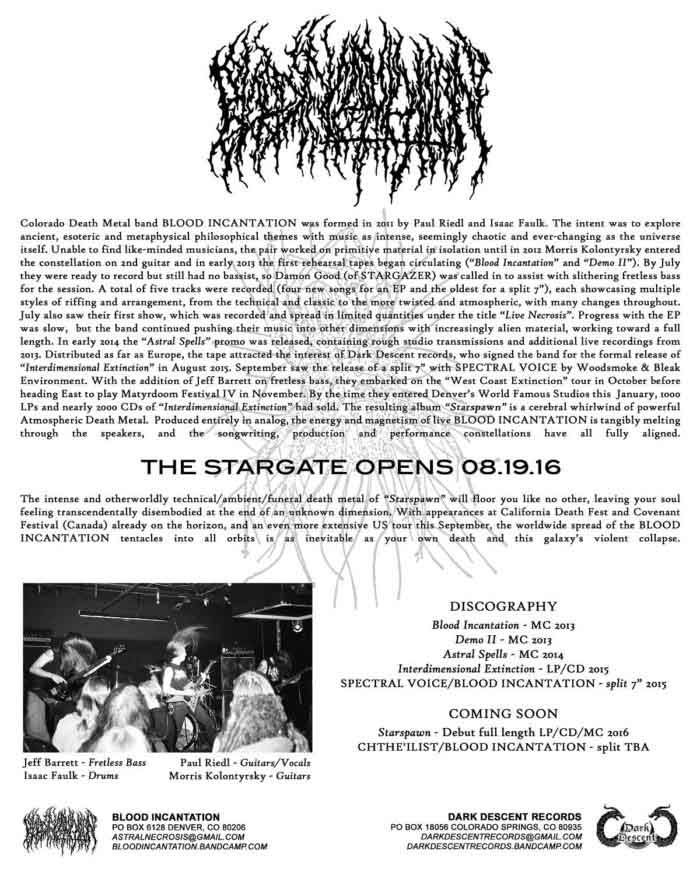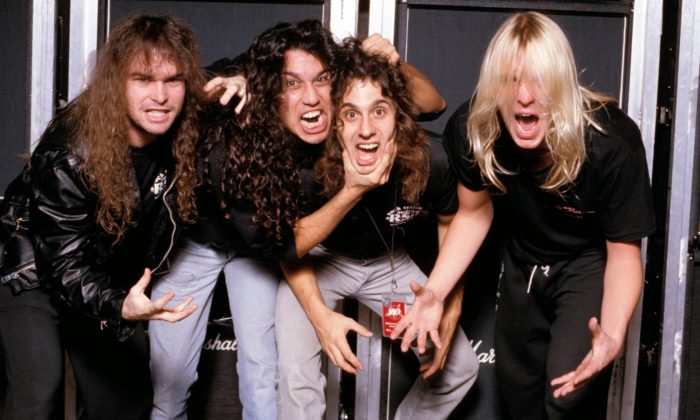Surely somewhere Bacchus flicks this wine from his table with an irritated grimace. Making decent wine is not hard, but this is the updated version of plastic jug wine from the 1990s but given the “California sheen” of a unique label and hip, exciting, and different backstory.
7 CommentsTags: barefoot wine & bubbly, pinot noir, red wine, wine











